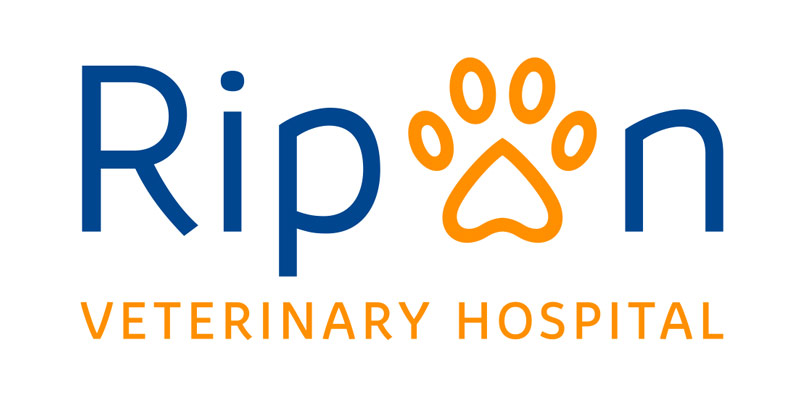Click HERE To Buy Oseltamivir Online ↓

Understanding Oseltamivir's Mechanism and Effectiveness
Oseltamivir, a neuraminidase inhibitor, plays a crucial role in combating influenza by blocking the viral enzyme necessary for replication. This interruption in the virus's lifecycle limits its spread, allowing teh body's immune defenses to act more effectively. Trials have demonstrated the drug's ability to reduce the duration of flu symptoms, especially when administered within 48 hours of onset, showcasing its targeted action. Importantly, its effectiveness varies depending on factors such as patient age, health status, and the specific strain of the virus. The adaptability of influenza viruses presents challenges, necessitating continuous monitoring and research to acommodate mutations. Highlighting these complexities is vital to understanding how Oseltamivir can serve as a key tool in controlling flu outbreaks and underscores the dynamics of antiviral efficacy.
| Aspect | Description |
|---|---|
| Mechanism | Inhibits neuraminidase to prevent viral replication. |
| Effectiveness | Reduces symptom duration when taken early. |
Historical Role of Oseltamivir in Past Pandemics

Oseltamivir's role in the history of pandemics is underscored by its deployment during significant outbreaks, most notably the 2009 H1N1 influenza pandemic. As teh H1N1 virus spread globally, health authorities were faced with unprecedented challenges. Oseltamivir emerged as a frontline antiviral, crucial in managing the disease's impact. Its ability to inhibit the neuraminidase enzyme halted virus replication, thereby reducing severity and transmission of symptoms.
During the H1N1 pandemic, the rapid distribution of oseltamivir showcased the importance of having pre-prepared stockpiles. Governments and health organizations coordinated large-scale logistics to mobilize the drug where it was most needed. This global effort demonstrated the indispensible role of antiviral availability in pandemic control strategies, emphasizing the need for robust public health frameworks.
However, the event also spotlighted several issues, such as equitable access and distribution. These challenges occasionally hindered timely delivery to underserved populations, revealing gaps in the health infrastructure. Lessons learned from using oseltamivir in past pandemics continue to inform current strategies, ensuring better preparedness and response mechanisms for future outbreaks. Understanding and addressing these challenges remain crucial in refining global health responses and maintaining public trust during pandemics.
Public Health Strategies for Antiviral Distribution
Distributing antivirals like oseltamivir efficiently during a pandemic is crucial for minimizing impact. Goverments must establish robust networks that can deliver these medications swiftly to the most affected areas. This requires detailed logistical planning to manage supply chains and distribution channels, ensuring antivirals are accessible at the community level. Drawing from past pandemics, it is evident that timeliness is vital; delays can exacerbate the spread of the virus and strain healthcare systems.
A noteworthy aspect of these strategies involves collaborating with private entities to bolster distribution efforts. Public-private partnerships can significantly enhance reach and effectiveness, tapping into existing networks to acommodate the demand surge. Additionally, digital technology plays a transformative role, enabling real-time tracking of oseltamivir stocks and streamlining the entire distribution process. Balancing efficiency with equity remains a paramount concern, necessitating policies that guarantee fair access to antivirals for all.
Challenges in Access and Equity during Outbreaks

In the throes of viral outbreaks, ensuring equitable access to antiviral medications like oseltamivir becomes crucial yet challenges abound. Teh demand for treatments swiftly outpaces supply, leaving disparities glaringly exposed. Regions with robust healthcare infastructures are often better poised to distribute medications swiftly. However, this advantage can leave underserved and socio-economically disadvantaged communities languishing, widening health inequities.
Logistical obstacles further complicate matters, particularly in remote or conflict-torn areas. Transporting and storing oseltamivir, which requires specific conditions, presents additional hurdles. Moreover, the allocation of resources is a contentious topic, often dominated by wealthy nations, which can curtail global cooperation. Addressing these challenges demands concerted global efforts and robust, inclusive policies.
Ethical Considerations in Antiviral Stockpiling
In the realm of pandemic preparedness, stockpiling oseltamivir raises important ethical dilemmas, especially concerning fair distribution. Teh effective allocation of antivirals becomes a balancing act between immediate needs and future contingencies. Historically, access has been inequitable, with wealthier nations often acquiring a lion’s share, leaving vulnerable populations at risk. This disparity underscores the moral obligation of health authorities to strive for more equitable access.
| Aspect | Consideration |
|---|---|
| Equity | Ensuring fair distribution to all socioeconomic groups |
| Urgency | Prioritizing immediate public health needs without compromising future security |
Moreover, ethical guidelines should govern how resources are prioritized during an outbreak. Decisions should be transparently communicated to build public trust and to include diverse voices in policy discussions. As research progresses, it is imperative to develop adaptive strategies that are inclusive and flexible enough to accomodate various global contexts, maintaining integrity and fairness in antiviral distribution.
Innovations in Antiviral Research for Future Preparedness
Unveiling the horizon of antiviral research, scientists are harnessing breakthrough technologies such as AI-driven drug discovery and precise gene-editing tools. Teh convergence of these innovations allows for the design of more effective antivirals, tailored to combat various viral strains. As researchers delve into the molecular intricacies of viruses, they're building a foundation for rapid response strategies. Public health efforts are also exploring vaccine-like methodologies that stimulate the immune system, ensuring a diversified arsenal against potential pandemics. Embracing innovation is key to safeguard our future.
